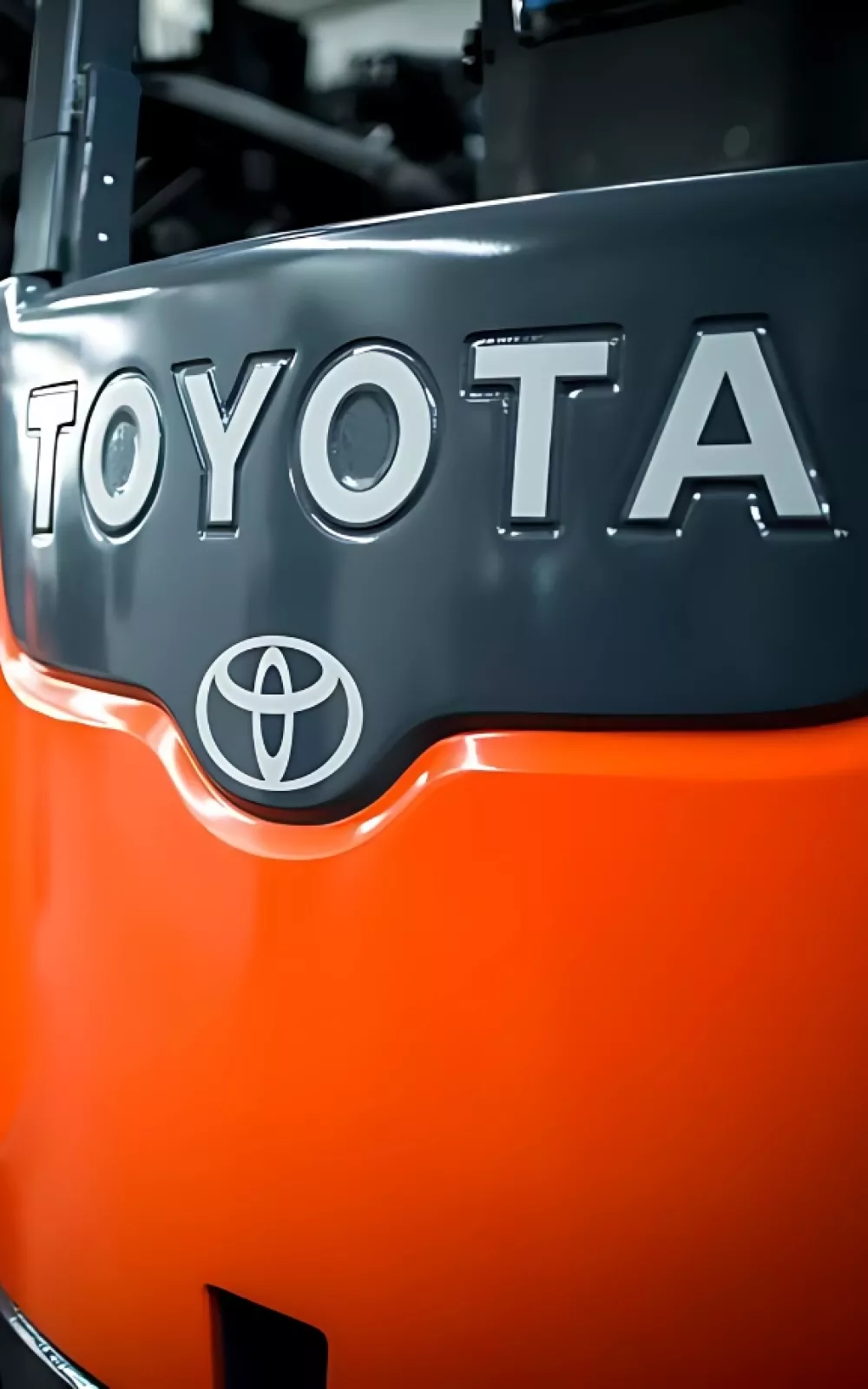Rent
ProLift offers daily, weekly, and monthly rentals. Find the right equipment for maximum productivity and safety.
Let us know how we can assist you! A ProLift specialist will connect with you to help with your material handling needs.
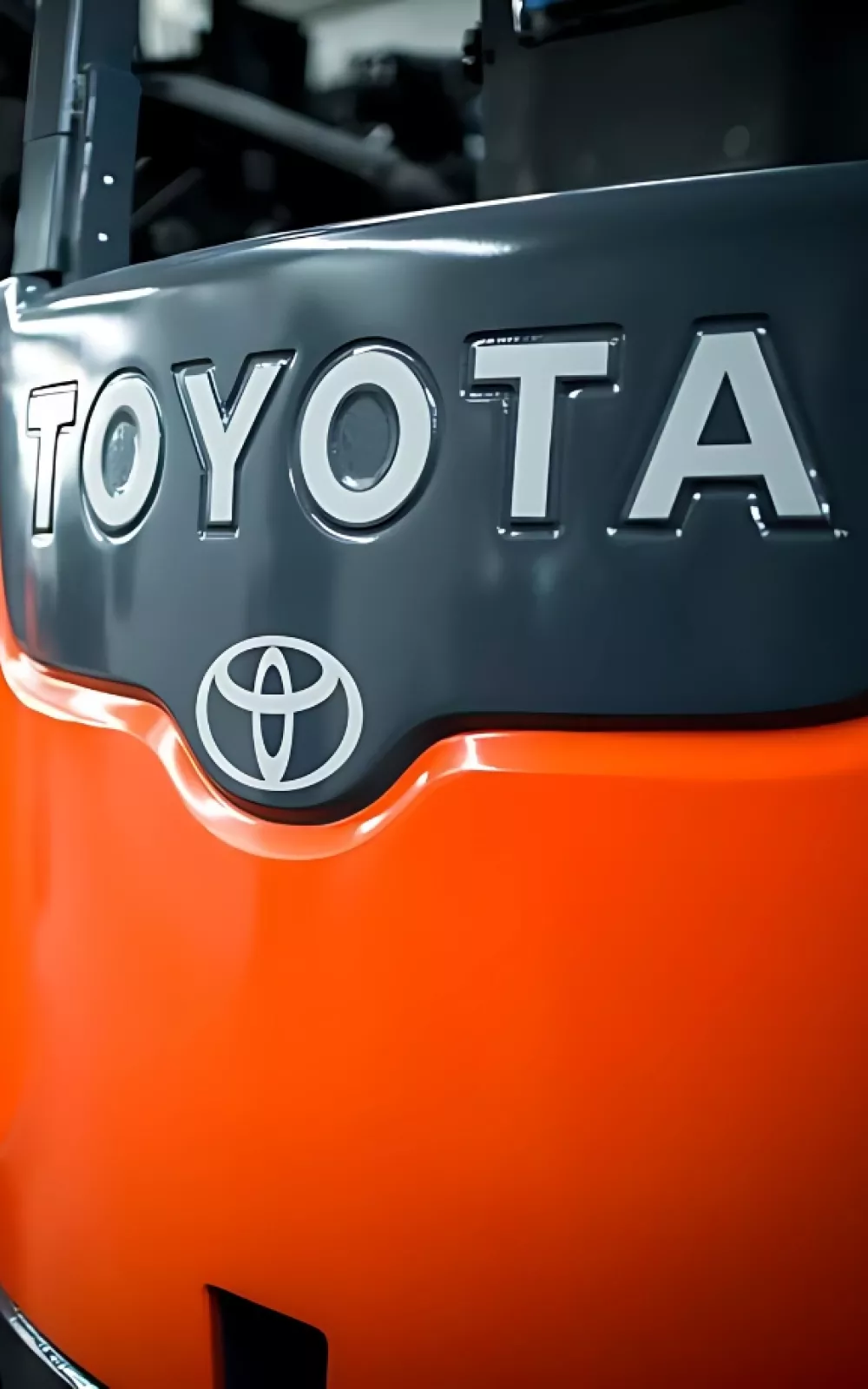
Proper safety and storage of liquid propane (LP) for forklifts are essential to prevent accidents and ensure smooth operations. Learn key guidelines for handling, storing, and maintaining LP to keep your workplace safe and compliant with regulations.
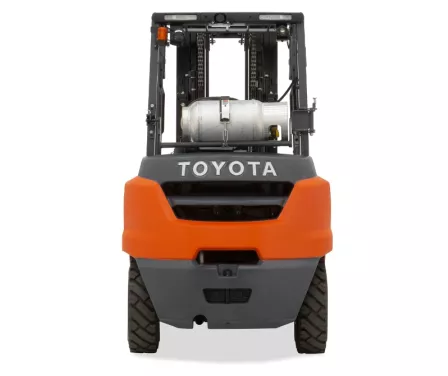
Because liquid propane (LP) is a flammable and explosive gas, changing a forklift LP tank on a forklift offers risks. To keep ourselves and co-workers safe, we must act responsibly.
A significant number of forklifts in the U.S. are powered by LP, or liquefied petroleum, which is a flammable mixture of hydrocarbon gases, mainly propane and butane. One gallon of LP gas is equivalent to 270 gallons of vapor, meaning an 8-gallon LP gas cylinder can hold approximately 2,400 gallons of vapor.
Its highly flammable nature makes LP gas vulnerable to creating fires and explosions. Along with the use of PPE, having proper ventilation is vital to release vapors are not captured, especially in areas with nearby ignition sources.
Storage of LP gas is addressed by OSHA regulation 1910.178(f)(2): The storage and handling of liquefied petroleum gas fuel shall be in accordance with NFPA Storage and Handling of Liquefied Petroleum Gases (NFPA No. 58-2012), which is incorporated by reference as specified in Sec. 1910.6.
For specific instruction on storage of LP gas at your facility, contact your local fire marshal.
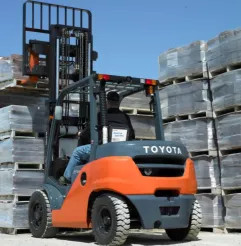
The equipment you have may not align with what you need. Collaborate with ProLift sales consultants to review your short- and long-term production goals, budgets, and material handling trends. They’ll provide tailored equipment options and solutions to meet your specific needs.
If you smell propane coming from your forklift, focus initially on ventilation. Open up doors and windows in the area and turn off the forklift’s liquid propane (LP) tank. In an open, well-ventilated area, LP vapor can safely dissipate. However, because LP vapor is heavier than air, it can collect on the ground like water, remaining undetected and posing a potential fire hazard if exposed to an ignition source.
Ensure the area is well-ventilated before turning on the LP tank. Apply soapy water to the fittings and hoses using a small brush or a soaked paper towel. If there's a propane leak in the fuel system, bubbles will form at the leak's source, indicating the problem.
Accidents can occur when a forklift runs out of fuel unexpectedly.
Picture an operator using a paper roll clamp attachment to lift a load. After raising the load to the proper height, the operator moves forward to place it on top of other rolls. Suddenly, the forklift engine shuts off due to running out of fuel. The operator is forced to exit the safety of the overhead guard, find a new liquid propane (LP) tank, and stand near a 4,000 lb roll of paper that is slowly lowering while the forklift is refueled, creating a dangerous situation.
Whether it causes loss of function or a long hike to locate a LP tank, running out of forklift fuel puts operators and nearby pedestrians in danger. Also, some facilities have strict rules about changing LP tanks due to the risk of fire or explosion and effort must be made to tow the forklift to an approved fueling station.
Options to assist operators include installation of low fuel indicator lights, use of tanks with a fuel gauge or checking the weight of the tank.
ProLift is your partner for equipment maintenance and safety training. Keep your forklift operators aware of risks associated with liquid propane.
As a full-service material handling dealer, ProLift can help you with questions and solutions for your equipment, service, parts and more. Tell us how we can help.

ProLift is a full-service dealer specializing in forklifts and material handling solutions. Tell us how we can help you achieve results at your facility.
ProLift is a full-service dealer specializing in forklifts and material handling solutions. Let us know how we can assist you, and a specialist will be in touch to help.
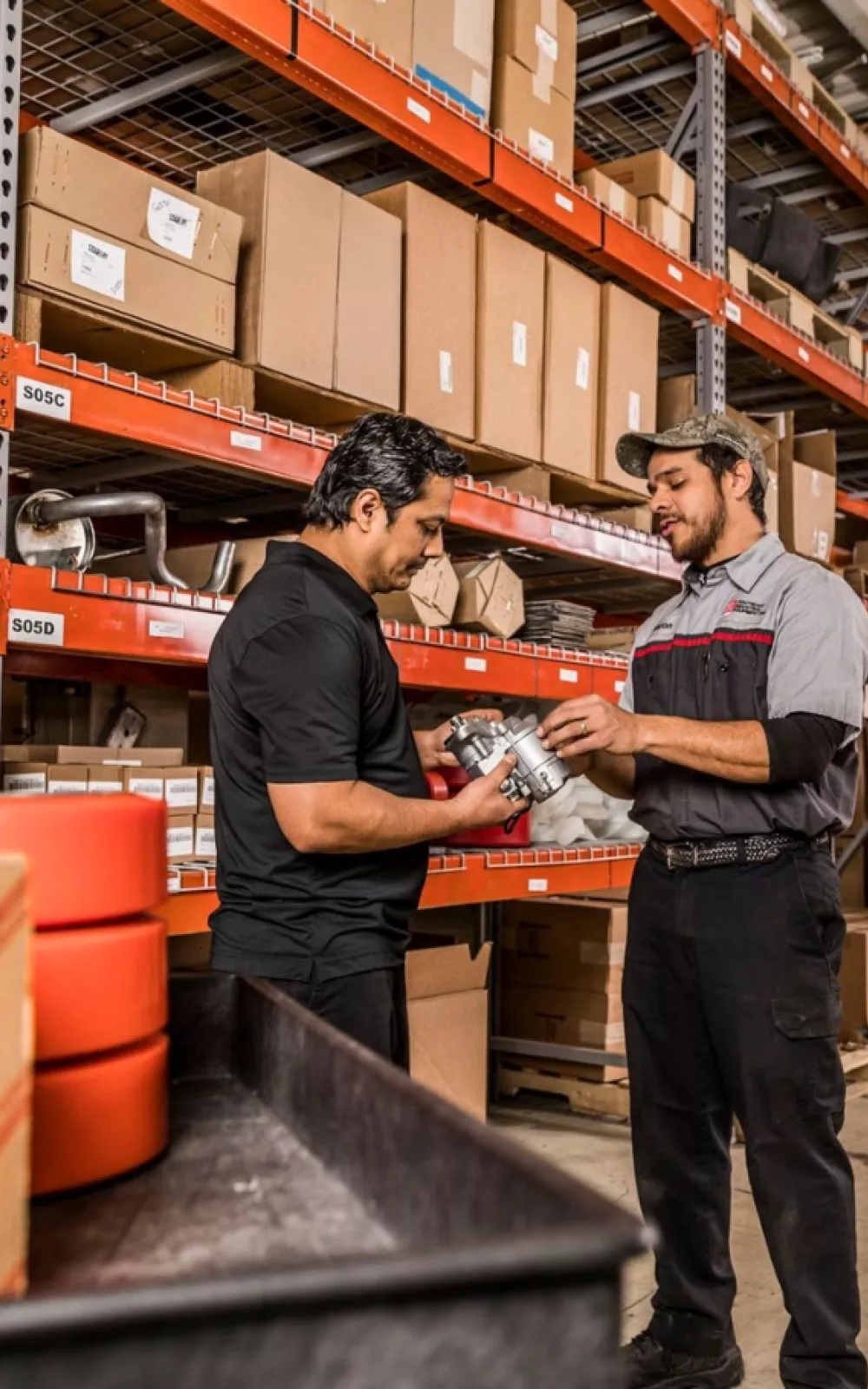
Let us know how we can assist you! A ProLift specialist will connect with you to help with your material handling needs.
